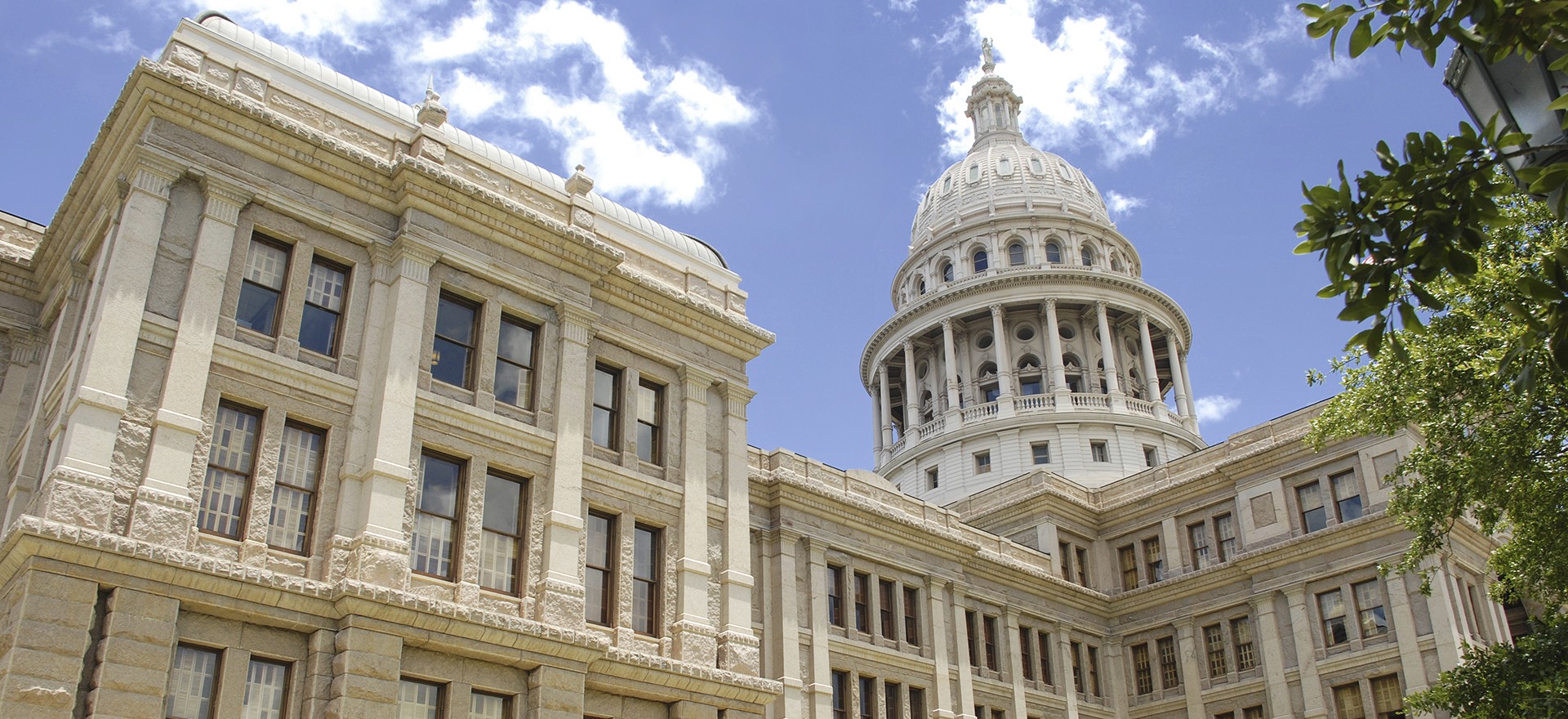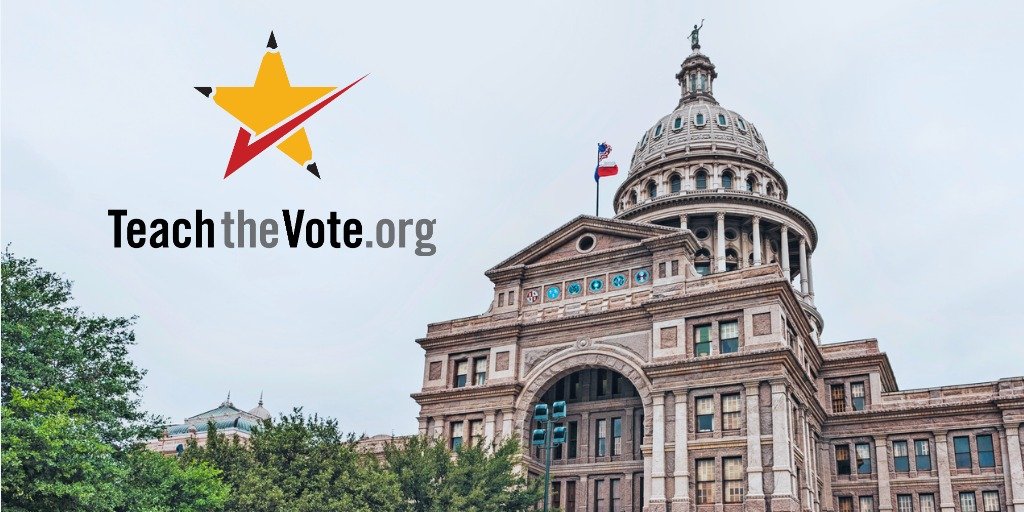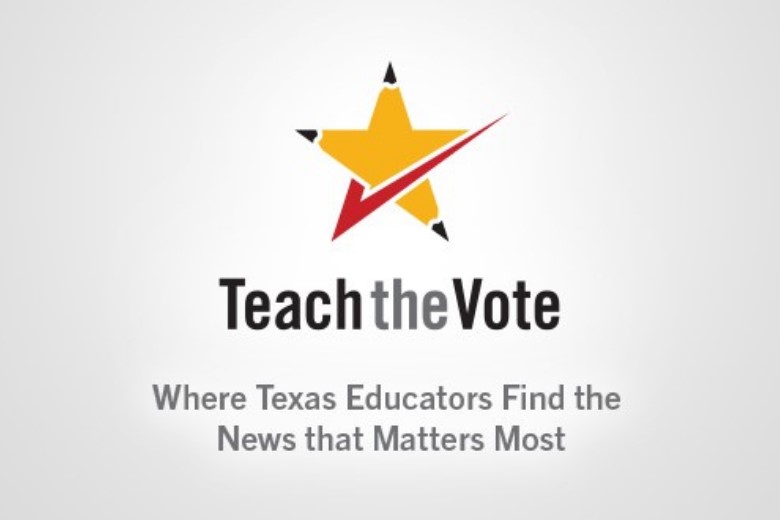ATPE Blog Guest Post: 14 vs 86—Are Texas Public Schools Failing?

Date Posted: 4/21/2015
By Mary Ann Whiteker
- In 2013, 88 percent of ninth graders completed high school in four years (another 4.6 percent continued high school).
- Graduation rates from 2007-2013 reflect increases for the following:
- African American students rose from 70.7 to 84 percent.
- White students rose from 88 to 93 percent.
- Hispanic students rose from 66 to 85 percent.
- Graduation rates in Texas compared to the nation:
- Asian students rank first. o Hispanic students rank second.
- Economically disadvantaged students rank first.
- Texas students rank eighth in the world in math and 11th in science, surpassing countries such as Finland, England, Germany, and France.
- The new Texas accountability ratings revealed that 92.59 percent of Texas school districts achieved the rating of “met standard” based on a new assessment system and curriculum standards that are “a mile wide and an inch deep.”
- US students rank No. 1 internationally in reading.
CONVERSATION
RECOMMENDED FOR YOU

12/12/2025
Dec. 8 filing deadline sets the stage for 2026 elections
Now’s the time to confirm your voter registration and update it if necessary.

12/12/2025
Teach the Vote’s Week in Review: Dec. 12, 2025
TEA announces plans to take over Lake Worth, Connally, and Beaumont ISDs. Plus: The ATPE Podcast is back with a refreshed format.

12/12/2025
From The Texas Tribune: Texas Education Agency taking over Lake Worth, Connally and Beaumont school districts
The three interventions come after the state’s education agency announced plans to take over Fort Worth ISD in October.

